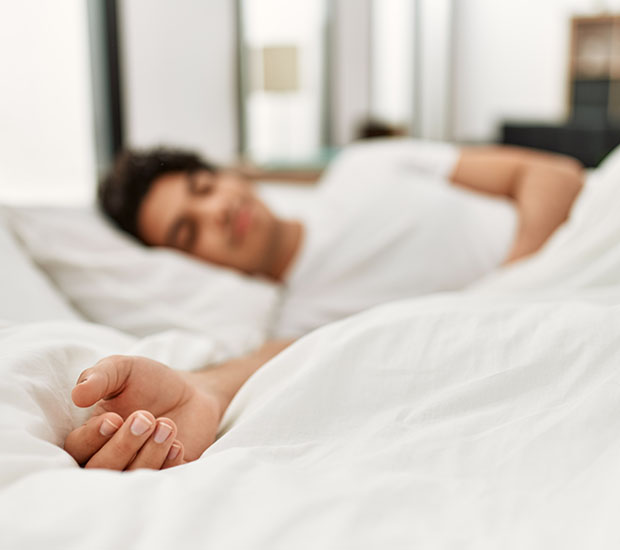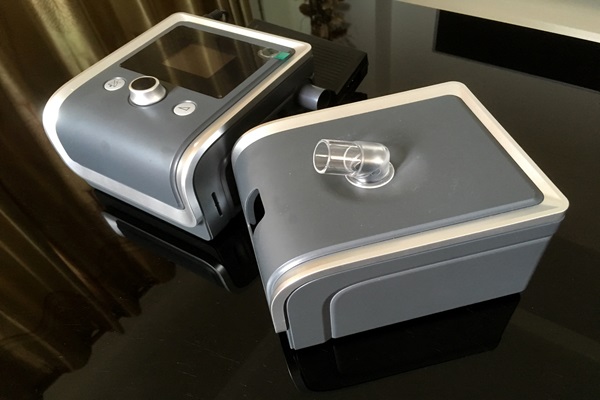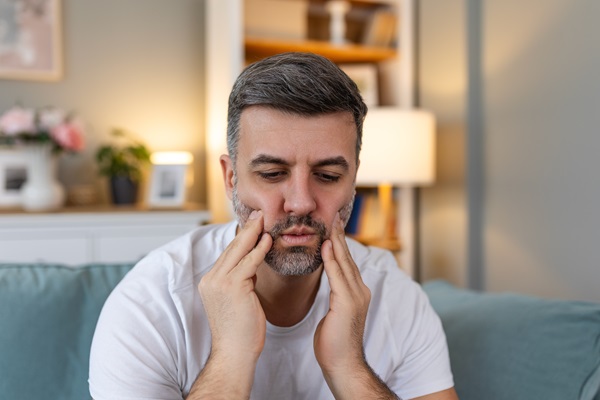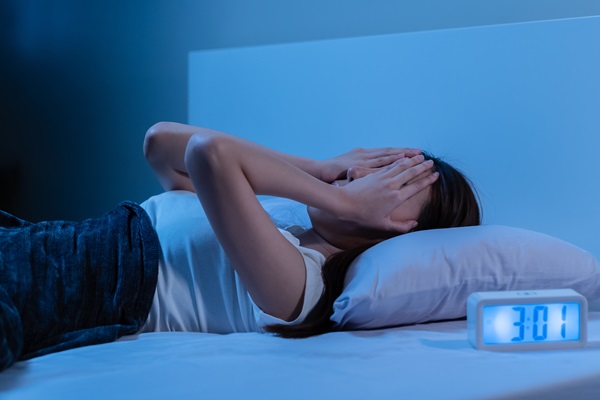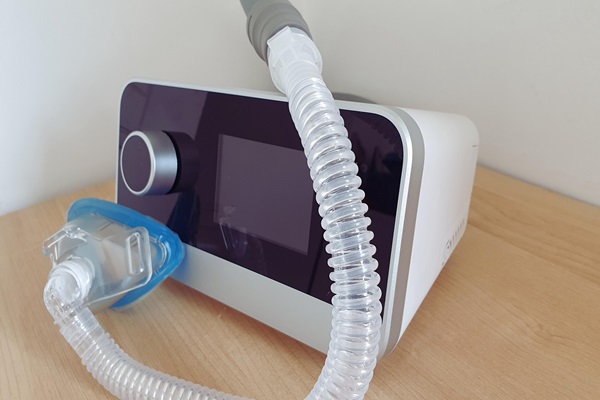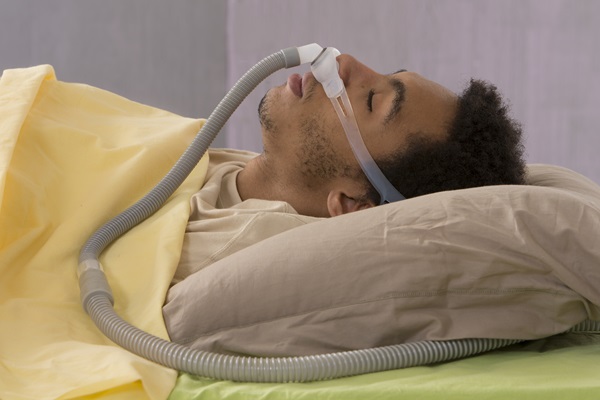Home Sleep TestRed Bluff, CA
Home sleep tests offer patients an out-of-center study to determine whether they have sleep apnea. These overnight test records are cost-effective and convenient, limiting your need for in-lab and in-hospital sleep studies and regular doctor visits. Patients receive special equipment with detailed instructions to set up at home and only need to record for one day to acquire results. However, some patients may need more than one day depending on their results.
At Dental Sleep Solutions Group, we offer home sleep tests for patients experiencing sleeping difficulties or disorders. Our team can assess your case and help you learn how to improve your symptoms and your sleep. To learn more about a procedure or schedule an appointment, call 1-530-727-6080.
What is a Home Sleep Test?
A home sleep test (HST), or home sleep apnea test (HSAT), is a method of monitoring sleep at home that can be conducted by patients themselves. According to the Sleep Foundation, home sleep tests can accurately determine obstructive sleep apnea (OSA), the most common and severe type of sleep apnea, in some patients. However, others may require additional testing or in-lab studies.
Patients who experience extreme fatigue, headaches, and dry mouth in the morning likely suffer from obstructive sleep apnea. Sleep apnea is a potentially severe sleep disorder where patients experience intermittent breathing in their sleep. There are three main types of sleep apnea: obstructive sleep apnea (OSA), central sleep apnea (CSA), and mixed sleep apnea syndrome (MAS) or complex sleep apnea. Sleep apnea can negatively impact a person’s oxygen levels and results in lower-quality sleep.
Check out what others are saying about our Home Sleep Test services on Yelp: Home Sleep Test Red Bluff
Home Sleep Test Devices and Equipment
In most cases, patients typically receive at-home devices or equipment to conduct their sleep tests in the comfort of their home. There are four categories of sleep tests, depending on the amount and type of data they collect. Type 1 and 2 tests collect more detailed data and are typically conducted in a lab or sleep center, while type 3 and 4 collect less data and are conducted at home.
Patients may receive one or more of the following devices and equipment:
- Breathing sensor: Nasal cannula or nasal prongs placed in the nostrils and wrapped behind the ears. They analyze breathing patterns by tracking air pressure when inhaling and exhaling. Oronasal thermistors (temperature sensors that sit between the nose and the mouth) can estimate airflow, which is beneficial for patients who do not breathe through their noses while asleep.
- Effort belt: A belt wrapped around the chest or abdomen that measures movements associated with breathing. Data from this device helps differentiate between obstructive sleep apnea and central sleep apnea. The effort belt often secures the device storing the data collected from the sensors.
- Pulse oximeter: A pulse oximeter is a device typically placed on the fingertip (or an earlobe) to measure the amount of oxygen in the blood.
- Microphone: A microphone measures snoring, which may include a sound sensor attached to the neck to record sound and pressure.
- Data collection device: Usually, all of the sensors connect, either via wires or flexible tubes, to the data collection device. This device typically features buttons the patient is instructed to push to begin and end data collection, as well as status lights indicating the device is powered on and recording.
Rarely, separate special equipment may be necessary alongside these devices to measure other parameters related to sleep apnea. These include the Apnea Risk Evaluation System (ARES), which measures head position and movement, and WatchPAT, which measures peripheral arterial tonometry (PAT), which provides information about blood flow to signal when a person experiences a lapse in breathing. We will determine the types of home sleep tests and devices a patient might need during the initial consultation.
The Process
Some patients may require only one day to achieve results for diagnosis, while others may need more tests or in-lab testing to acquire adequate results. For at-home testing, patients receive their device or equipment and detailed instructions on how to conduct the test and what to do once they have completed the necessary tests. The process depends on the type of test and equipment a patient receives.
For most home sleep tests, the process is fairly simple. Patients attach a small sensor on their finger that measures oxygen levels and wear a mask held in place by the ears. The mask also has sensors that go into the nostrils and sensors connected to the abdomen and chest to measure airflow as they breathe. These sensors are all connected to the data collection device, which will provide us with the patient’s results and allow for a proper diagnosis.
Results and Treatment
Home sleep tests should typically include three measurements, nasal pressure, movement of the chest and abdomen, and oximetry (or oxygen level in the blood). They may also measure peripheral arterial tone (PAT), which is a finger-based sensor that tracks pulsations in the blood, and actigraphy, which tracks body movement.
Summaries include the AHI, RDI/REI, and the pAHI/pRDI.
- AHI (Apnea-Hypopnea Index): The AHI is the number of two types of breathing disturbances detected per hour of sleep
- RDI (Respiratory Disturbance Index) or REI (Respiratory Event Index): The RDI or REI is the number of breathing disruptions per hour of device recording
- pAHI or pRDI (PAT AHI or PAT RDI): The pAHI or pRDI numbers that measure respiratory disruptions calculated by a PAT device worn on the finger rather than by direct measurement of nasal pressure and muscle movement
After meeting these criteria, it is possible for our team to produce a full summary. This summary will help us accurately diagnose sleep apnea or suggest if a patient has another sleep disorder. It is important to note that sleep tests monitor breathing, not actual sleep. They measure pauses in and absence of breathing, how much effort it takes to breathe and whether a patient’s breathing is deep or shallow as opposed to light or deep sleep. Also, sleep tests do not completely rule out sleep apnea. In other cases, they may also determine sleep issues that do not affect the airways, such as movement disorders that cause nighttime restlessness or narcolepsy. We will discuss the patient’s results and their treatment options upon official diagnosis.
Frequently Asked Questions About Home Sleep Tests
What are home sleep tests or studies?
Home sleep tests, often called home sleep studies, are tests conducted by patients overnight. The test monitors and records breathing patterns as the patient sleeps and can help diagnose sleep apnea and other sleep disorders or conditions. These tests are prescribed and evaluated by a doctor or dentist.
How can I get the most accurate results from an at-home sleep test?
For accurate sleep test readings, it is important to sleep on both the back and side. Sleep apnea and other disorders typically worsen in those who sleep on their backs, and side-sleeping can often help ease your symptoms. Knowing what happens when you sleep in different positions can help your doctor pinpoint whether you have apnea or some other sleep issue.
How do I know if I have sleep apnea?
Common symptoms of obstructive sleep apnea include:
- Daytime sleepiness or fatigue
- Dry mouth or sore throat upon waking
- Gastroesophageal reflux disease (GERD)
- Headaches in the morning
- High blood pressure
- Night sweats
- Restlessness during sleep
- Trouble concentrating, forgetfulness, depression, or crankiness
- Waking up often in the middle of the night to pee
How long do I need to conduct the sleep test for to acquire a proper diagnosis?
Most at-home sleep tests are used just for one night. In some cases, we may need more than one night’s reading to acquire accurate results. Rarely, patients may need to visit a sleep lab with more advanced equipment.
What sleep disorders can a home sleep test diagnose?
Home sleep tests are only used to diagnose sleep-disordered breathing issues, such as sleep apnea. They can also rule out sleep apnea and suggest other sleep disorders. However, in-lab sleep studies can help diagnose other sleep disorders, like narcolepsy and periodic limb movement disorders. The difference lies in what the tests measure. Although both tests usually measure factors like airflow, blood oxygen levels, and heart rate, only in-lab sleep studies actually measure sleep by monitoring brain activity.
Schedule a Visit Today
Home sleep tests are available at our office. The Dental Sleep Solutions Group team looks forward to treating you and helping you achieve better sleep. Call our office at 1-530-727-6080 to learn more or schedule an appointment.
Dental Sleep Solutions Group is located at 2426 S Main St Suite B Red Bluff, CA 96080.
